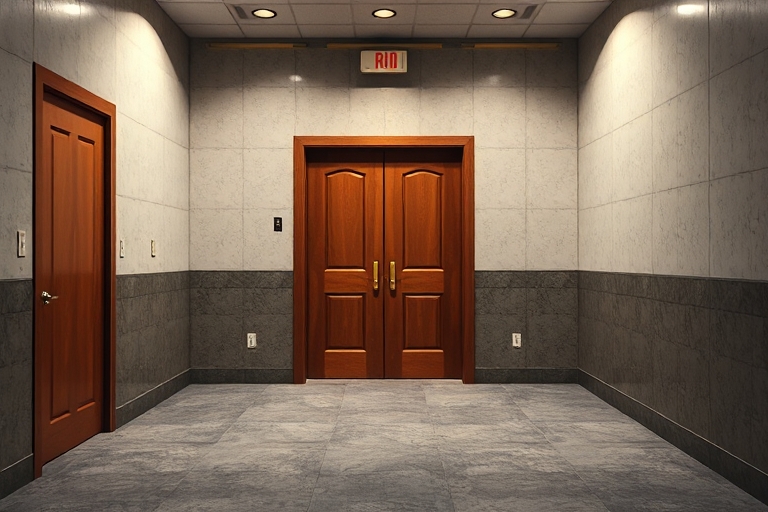
Fire doors are a critical component in the safety architecture of any building. Designed to prevent the spread of fire and smoke, these specialized doors are essential for protecting lives and property. Understanding the importance, standards, and proper installation of fire doors can significantly enhance building safety.
Fire doors are constructed with materials that can withstand high temperatures and are often equipped with intumescent seals that expand in the presence of heat, effectively sealing off gaps to prevent the passage of smoke and flames. These doors are rated based on their ability to resist fire for a certain period, typically ranging from 20 minutes to 90 minutes or more.
One of the key aspects of fire doors is their compliance with safety standards. In many countries, fire doors must meet specific regulatory requirements, such as those outlined in the British Standard BS 476 or the American NFPA 80. These standards ensure that fire doors are tested rigorously for their fire resistance, durability, and effectiveness in real-world scenarios.
Proper installation is crucial for the functionality of fire doors. Incorrect installation can compromise their effectiveness, rendering them useless in an emergency. It is essential to hire certified professionals who understand the intricacies of fire door installation, including the correct alignment, fitting of seals, and ensuring that the door closes properly without any obstructions.
Maintenance is another critical factor. Regular inspections and maintenance checks are necessary to ensure that fire doors remain in optimal condition. This includes checking for any damage, ensuring that the seals are intact, and verifying that the door closes properly. Any issues should be addressed immediately to maintain the door's effectiveness.
In addition to their primary function, fire doors also contribute to the overall safety strategy of a building. They are often integrated with other fire safety systems, such as fire alarms and sprinklers, to provide a comprehensive approach to fire safety. Properly installed and maintained fire doors can significantly reduce the risk of fire-related injuries and fatalities.
In conclusion, fire doors are an indispensable part of building safety. Their role in preventing the spread of fire and smoke cannot be overstated. By adhering to safety standards, ensuring proper installation, and conducting regular maintenance, building owners and managers can enhance the safety and security of their premises. Investing in high-quality fire doors and professional installation is a proactive step towards safeguarding lives and property.

